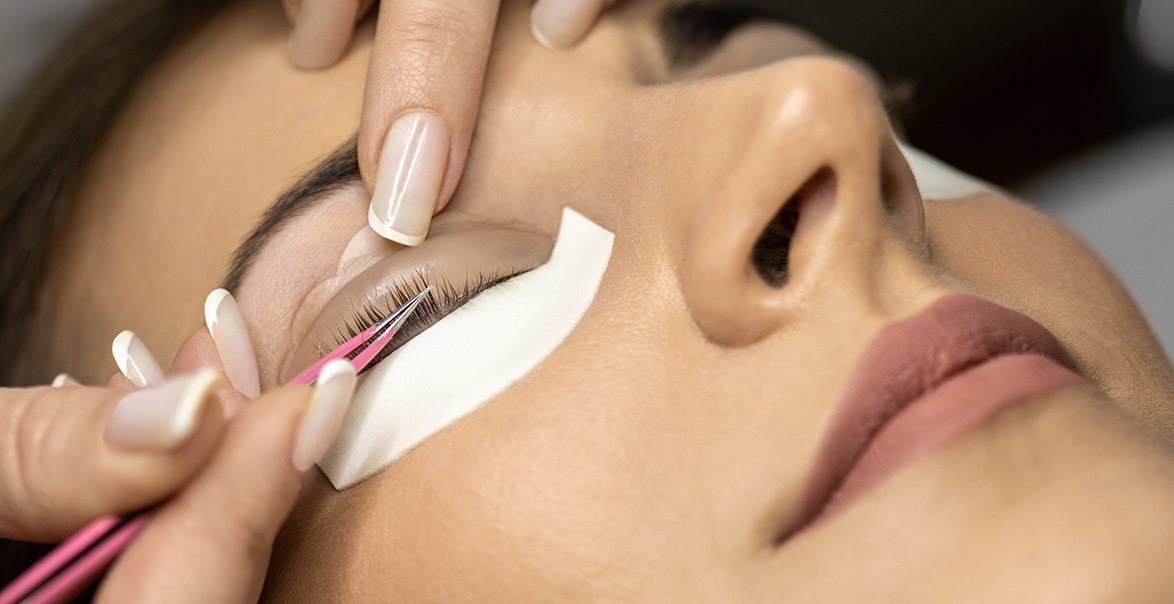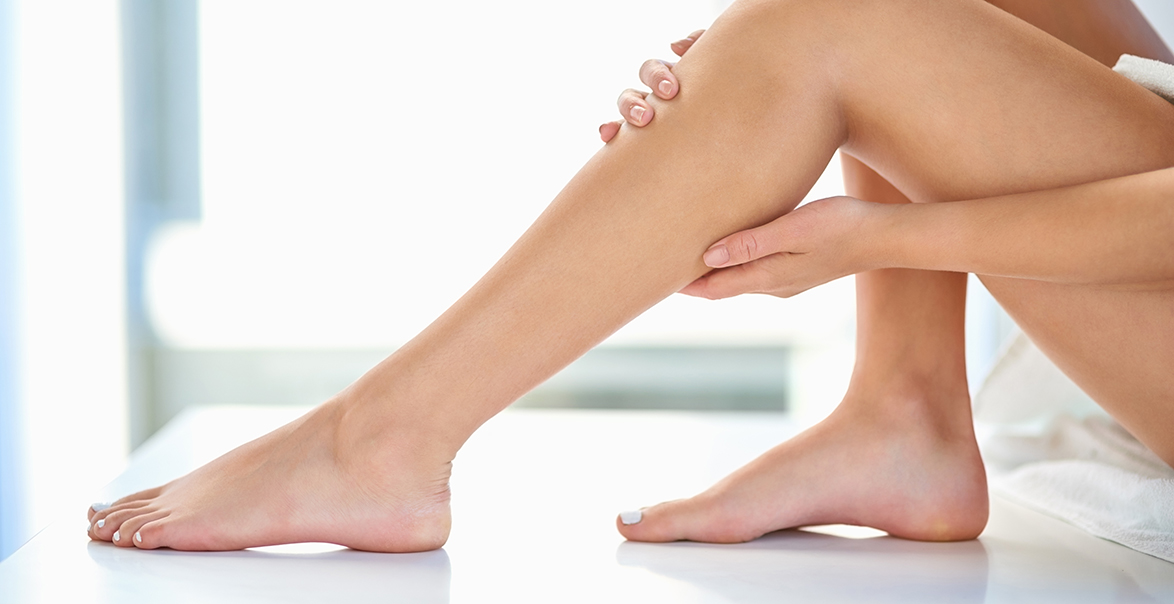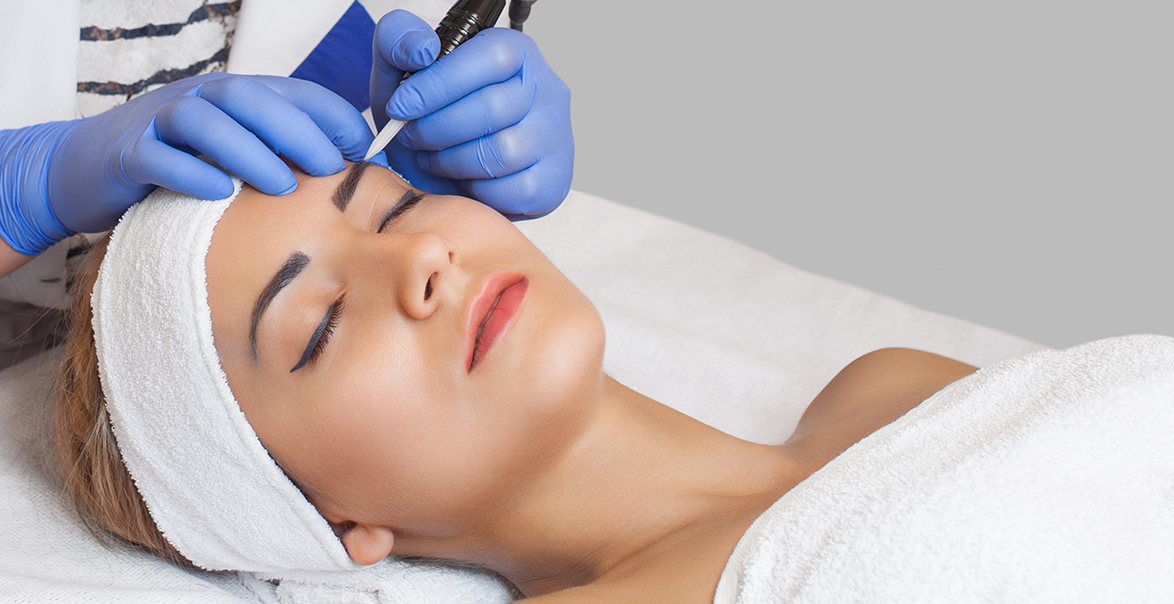Are you currently in a microblading training course or have you recently finished a microblading certification course? Congratulations! You’re about to start a wonderful profession, but before you go on a blading binge, there are a few things you should know to get off on the right foot.
These suggestions may appear to be simple, but when done with consistency, they will have a significant impact on your life in the many years ahead in your career.
The equation: artistry first, business is second
You must bear in mind that your company is built on the backs of its customers. As a result, if you can’t make someone appear and feel attractive, you have no business. The first component of the equation is to ensure that you are exceptionally skilled in your methods. If your work isn’t polished enough, no one will want to use your services. This is why the microblading training you receive is so essential.
Let’s break it down.
Mastering Techniques
In this Microbladers interview with owner and master artist, Danielle Greisen, she discusses how mastering the trade takes time. Mistakes are unavoidable, and more than that, they’re an important part of the learning process. Prepare to make errors when you master your microblading training skills. When you don’t get it right the first few times, don’t be discouraged.
It will, however, be very beneficial if you can collaborate with someone who can assist you in these early phases of your profession. Is your trainer available during your first session? Is there someone available to answer your questions while you work on your first client? Choose someone who will be patient with you while you are learning, but also someone who can help you trust yourself that you’ll be able to complete the task on your own in the future. It’s also not a good idea to be too reliant on others. Pay attention to what other students have to say about their experiences. But where can you go for such help? The solution — apply for a microblading apprenticeship.
It’s not enough to have classroom training; you may have heard of companies that claim you can start taking clients in a few days. An artist who immediately starts working after formal training is far more likely to produce poor outcomes than one who has practiced for at least six months. This is the ideal length of an apprenticeship program, so make sure to check these details before you enroll.
Apprentices that start taking clients at the beginning of their program do exceptional work in some instances. This allows you to begin taking more customers, while being an apprentice and still getting the support and assistance you may need while you get started, depending on your speed and how quickly you get comfortable with your tools.
Starting Your Business After Microblading Training
If you took the time to master your talents, the business side of things will most likely take care of itself. However, you must also get assistance from your training center in order to succeed. When an apprenticeship program gives marketing and business support to its students, it is a good indicator that it is designed to enable you to succeed.
There isn’t a better way to increase your clients, master marketing yourself as an artist, and thrive in the microblading industry than with our unique course content. This post goes through all of these topics in detail.
The artist’s tools: making your magic come to life
So, we’ve discussed you and your talents. But you don’t work with only your hands. Microblading tools are used to help you get the finest outcomes. In art, it is sometimes argued that the tools are less significant than how they are employed. That’s true in some situations, but microblading is performed on individuals’ skin. It is vital to remember that this isn’t a canvas onto which you can simply toss anything. It’s similar to a tattoo, and if the job isn’t excellent, you can’t just throw it out.
Microblading, as you’ve been taught in training, is a type of semi-permanent makeup. Any error committed on a customer’s skin may linger for years. PMU correction is an option, but it’s typically best to avoid doing work that doesn’t need one in the first place.
The pre and post care products you use will have an impact on your client’s skin, which will influence the quality of your job.
Here are some of the most crucial things to consider:
Pigment
When it comes to applying eyebrow color, using well-known pigment lines will guarantee that you get the color and shade you want for your customers’ brows. During training, you’ve recognized that pigment appears distinct after it has been newly applied rather than when the brows have healed. When a pigment is extremely inexpensive, some may not have the same anticipated outcomes.
Which pigment lines do your trainer and training establishment use? How about the industry experts? The quality of the product will also have an impact on their work. It doesn’t hurt to check the clients before and after photos on social media or websites. Keep updated because there are always new products that will be more superior than older ones.
PMU machines
Permanent makeup machines come in a variety of price ranges and provide varying levels of control. Some are suited for novices while others are intended for more experienced artists. If you’re feeling more comfortable with your tools and ready to experiment, you’ll need machines that can handle a wider range of applications.
Disposables
Here at NIMA, we strictly adhere to the practice of utilizing disposable needles for each customer. Gloves, masks, bed coverings, and other similar items are all handled in the same way. Because PMU artists are considered high-risk to communicable illnesses by the State of Nevada, you must acquire a Bloodborne Pathogens Certificate. Avoid reusing needles and learn how and where to dispose of biohazard materials.
Learning about blades at microblading training
Your microblading pen’s blades have two functions. One is to make tiny incisions in the skin, and the other is to put the color in at the same time. Find out as much as you can about the different needle points and sizes since they influence the width of hair strokes produced.
Sharpening your eyes
Microblading is a type of semi-permanent tattooing that is usually completed in one session. The appeal of microblading lies in the fact that you can see and measure your progress. You will be able to see how much you’ve improved as you work on more clients after taking photographs.
Document your progress from beginning to end, including photos of each application and the final healed results. You’ll have a keen eye for detecting whether you or other artists have done excellent work over time, as well as ideas on how to improve it.
But, as with any form of art, you should not expect everyone to appreciate it. However, your eyes are not the only ones that should evaluate your work. Request professional feedback from experts and be receptive to their advice. These skilled artists have seen and treated hundreds of brows before. You can learn a lot from them and they’ll be able to assist you in developing your abilities.
Growing with the industry, microblading is an ever expanding career
The popularity of microblading has opened up more job prospects for artists than any other beauty specialty. Do not remain in one place for too long. Take advantage of the industry’s growth or risk being left behind. Sure, doing just one or two treatments might be lucrative, but if you don’t venture outside of your comfort zone, your career may plateau or even decline. This implies that new ideas are springing up all the time. Micro shading is having a moment, and Nano Strokes are just one of many techniques that have been used to add micro textures.
After practicing microblading for some time, Danielle Greisen, our master instructor at MicroBladers, advises artists to take more advanced classes. One of the most basic examples of an advanced course is micro shading. This course teaches you how to master both manual and automated techniques. You’ll also learn how to do combination brows and other things as you advance.
Advanced skills will help you grow your professional network and diversify your client base. What if a client isn’t a good candidate for micro blading? What if they want brows that are more aggressively defined? Will you be unable to take their business and send them to someone who knows better how to do microblading the way they want, because you don’t understand it? Be aware of your skill set, and constantly look to improve and be the artist your clients, and company, can rely on. Because if your clients know you can handle everything, if you can do numerous approaches, you’ll receive more referrals.
Practicing sub-skills after microblading training
There is a difference between putting countless hours towards practicing your general skills, and deliberate practice, honed in on a specific technique.
According to the experts, it takes 10,000 hours to master a talent. Yes, practice as much as you can, but what matters more is honing particular talents.
There are many sub-skills to master in any skill. Microblading isn’t simply a procedure; it’s also a language, with its own set of rules and guidelines. You must learn color theory, hair strokes, pressure, control, and other things in order to microblade effectively. These sub skills are what make up a specialized skill. Set aside time to practice each of them as often as possible. More importantly, continue practicing them even after you believe you’ve perfected your technique. It’s possible that your skills will deteriorate, like muscles, if they are not exercised regularly. Artists who are successful always hone their craft. They never stop learning.
Committing to the routine after microblading training
What does this signify? There are always portions of any job that are tedious. One of the regular jobs for microblading professionals is to maintain a tidy studio. It’s also essential to keep your workstation clean. Whatever you do, make sure you do it on a regular basis.
Even a single oversight may result in significant damage, no matter how small. A creative who is really enthusiastic and dedicated to their work is also committed to the basic and often monotonous activities. Washing your workstation after a treatment, wearing scrubs and gloves, and so on are all little things, but they reveal a great deal about your skill and suitability to this career.
When communicating with your clients during their consultation, be thorough. You’ll have to repeat the same information over and over again. It might get tedious, and you may be tempted to overlook important information. Don’t do it. It is part of your job, and is crucial to your clients’ confidence in your work.
Integrity is the lifeline of any business
Finally, as you advance, you will notice that more individuals have faith in you. It’s easy to get caught up in your early success and forget why others trusted you in the first place. When you’ve got a lot of clients, it’s tempting to believe your company policies no longer need to be followed, or safety guidelines can be streamlined and corners can be cut.
They may start using lower-quality goods and equipment in order to be “more efficient” and faster, despite regulations in place. Though it may seem less important than fast results and more business, this can result in a loss of clientele for you or your company.
We provide artists at NIMA with the tools and mentorship they need to flourish as microblading experts in all areas of their business, so we welcome any questions you may have about our training programs. We encourage you to enroll in one of the best apprenticeship programs available. Start learning right away or get more information by contacting us now.
If you want to learn more about how to find an aesthetic school, read our blog for more details.








